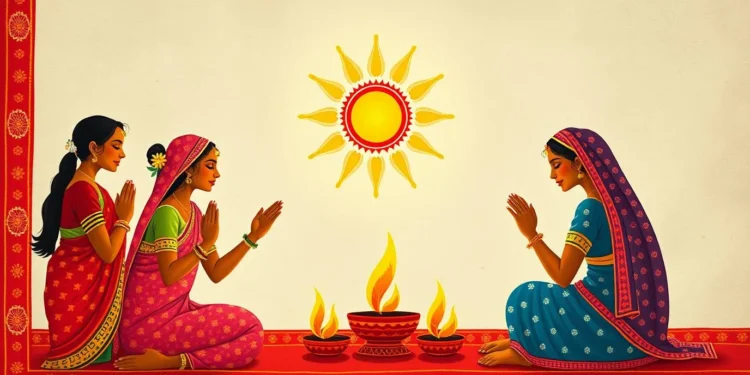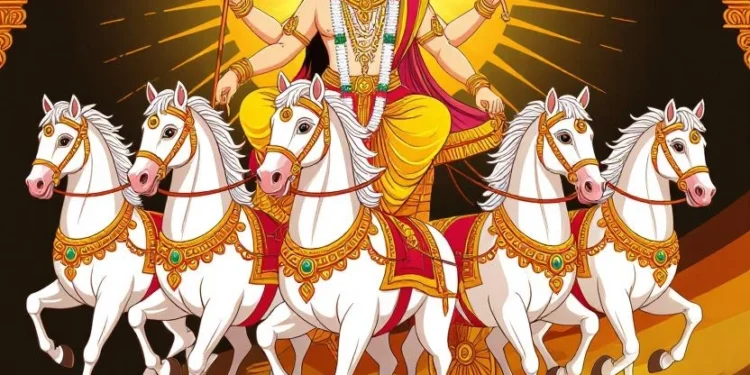Introduction: That Sweet Day from My Childhood
Everyone has special memories from childhood that never fade away. For me, one such memory is the Day of Eating Khir — a day not just about enjoying a sweet dish but about family love, excitement, and pure happiness.

Childhood days were simple and full of joy. There was no rush, no worries. On that day, the entire house would be filled with the aroma of simmering milk and rice, and the anticipation of tasting that delicious khir (rice pudding) would light up my heart.
In this blog, I want to share the various facets of that special day, my personal experiences, and the cultural importance of this tradition that makes my childhood so sweet and unforgettable.
Table of Contents
1. The Cultural Importance of Khir Khane Din
In Nepali culture, khir (rice pudding) is a special sweet dish made during festivals, religious ceremonies, and celebrations. But the Day of Eating Khir is more than just making a dessert — it is a tradition where family and community come together with joy.
Making khir and sharing it with loved ones is an expression of affection, respect, and harmony. It symbolizes prosperity and goodwill. Often, after religious rituals or auspicious occasions, khir is prepared and offered as prasad (holy offering).
Therefore, Khir Khane Din is not just about eating sweet food but is a celebration of social and religious unity, connecting us deeply with our roots and values.
2. My Childhood Memories of Khir Khane Din
In my childhood, Khir Khane Din was a highly anticipated day. The whole house buzzed with activity early in the morning. My mother would buy fresh milk, wash the rice carefully, and prepare all the ingredients. The house would soon be filled with the comforting aroma of cooking khir.
My siblings and I would eagerly help in small ways, sometimes running around instead of helping, but always excited for the final product. When the khir was ready, the sweetness would erase all tiredness from our little hands and feet.
We would sit together, telling stories, playing games, and sharing laughs while savoring every spoonful. That moment of holding a bowl of warm khir, feeling the sweetness melt in the mouth, still remains fresh in my heart.
That day brought a sense of love, unity, and celebration that went beyond the taste — it touched my soul.
3. Khir: More Than Just a Sweet Dish — A Tradition
Khir is not just milk and rice cooked together. It is a cultural symbol in many Nepalese communities, representing diversity and unity at the same time.
Different regions add special ingredients like saffron, cardamom, almonds, and cashews, which enhance the taste and aroma. These ingredients also symbolize purity, richness, and festivity.
Khir Khane Din is a time for all ages to come together, share experiences, and reminisce about the past. It strengthens family bonds and keeps the tradition alive, even as time changes.
This tradition reminds us of our heritage and keeps our cultural identity strong in a fast-changing world.
4. The Taste and Preparation of Khir
The way khir is prepared varies from place to place, but the basic ingredients remain the same — milk, rice, sugar, and clarified butter (ghee).
At home, my mother would carefully boil the milk, wash the rice thoroughly, and slowly cook the mixture until it thickened and the rice softened perfectly.
To make it more special, she would add saffron strands, crushed cardamom, and chopped dry fruits like almonds and cashews. Saffron gave it a lovely golden color and rich aroma, while cardamom added a fragrant flavor.
Khir needs to be cooked slowly on low heat so the flavors blend and the texture becomes creamy. It can be eaten warm or cold, but in my childhood, we loved it fresh and warm, which made every bite feel like magic.
5. Sweet Moments with Family and Friends
On Khir Khane Din, all family members gathered in one place. Aunts, uncles, grandparents, siblings, and cousins would all sit together, sharing the khir and making happy memories.
Friends would often join us, and the day would be filled with laughter, games, and joy. The energy, happiness, and sweetness of that day still warm my heart whenever I think of it.
These moments helped me escape from everyday worries and appreciate the simple joys of life. The sweetness was not only in the khir but also in the relationships we nurtured that day.
6. Modern Changes in Khir Khane Din
Many things have changed today. Where once khir was lovingly cooked at home, now it can be easily bought from stores. Still, for me, nothing compares to the taste of homemade khir made with love.
Nowadays, many families are busy with work and have less time, so the celebration of Khir Khane Din is often shorter or more low-key. However, those who do celebrate it find the day as meaningful as ever.
New variations like chocolate khir or fruit khir have become popular, but traditional khir with its classic taste and aroma remains the heart of the tradition.
7. Feelings from My Heart on Khir Khane Din
Khir Khane Din is not just about eating something sweet; it is deeply connected to my heart and memories. It taught me the value of family, tradition, and simplicity.
The simple happiness of those childhood days gives me strength and positivity even now. The taste of khir reminds me of my roots, my identity, and the love that surrounded me.
I believe that if we all carry the innocence and simplicity of childhood in our hearts, our lives would be sweeter and more fulfilling.
8. The Importance of Khir Khane Din in Our Society
In a multicultural country like Nepal, traditions like Khir Khane Din hold special importance. They give us a sense of unity and belonging.
This day helps us embrace and respect our old customs and values. It also brings family and communities closer together.
Celebrating Khir Khane Din adds sweetness and harmony to our social life — a beautiful reflection of our culture’s positive side.
9. Conclusion: The Unforgettable Memory of My Childhood
Khir Khane Din is a priceless and sweet memory from my childhood. It not only filled my life with sweetness but also taught me the significance of tradition, family, and community.
Though time changes many things, the memory of that day remains fresh and alive in my heart. I hope to pass on this tradition to my children so they too can grow connected to their culture and live a meaningful life.
I am glad to share my cherished memories through this blog, and I hope you also remember your own sweet childhood moments.
Frequently Asked Questions (FAQs) about Khir Khane Din
Q1: When is Khir Khane Din celebrated?
A1: Khir Khane Din is usually celebrated during certain festivals or as a family tradition on auspicious occasions.
Q2: What ingredients are needed to make khir?
A2: The basic ingredients are milk, rice, sugar, and ghee. Additional flavorings like cardamom, saffron, and dry fruits are often added.
Q3: What is the religious significance of Khir Khane Din?
A3: It is often prepared as prasad (holy offering) during religious ceremonies, symbolizing blessings, prosperity, and harmony.
Q4: How is khir prepared?
A4: Milk is slowly boiled and rice and sugar are added and cooked until creamy. Dry fruits and spices may be added for flavor.
Q5: How is Khir Khane Din celebrated with family?
A5: Family members gather to share the khir, spend time together, tell stories, and strengthen bonds.
Q6: Can modern variations of khir be made?
A6: Yes, there are many modern versions like chocolate khir, fruit khir, but traditional khir remains popular.
Q7: Why is khir important as a sweet dish?
A7: Besides being delicious, khir represents tradition, love, and unity in Nepali culture.
Q8: How can children be made interested in Khir Khane Din?
A8: By involving them in preparation, storytelling, and games to make the day fun and memorable.
Q9: Is Khir Khane Din still widely celebrated today?
A9: Though less frequent in some places due to busy lives, many families still observe this tradition.
Q10: How can I celebrate Khir Khane Din?
A10: Gather your family and friends, make khir at home traditionally, and enjoy the day with love and joy.






